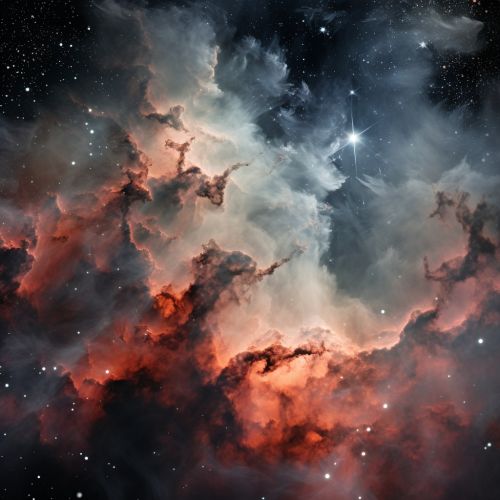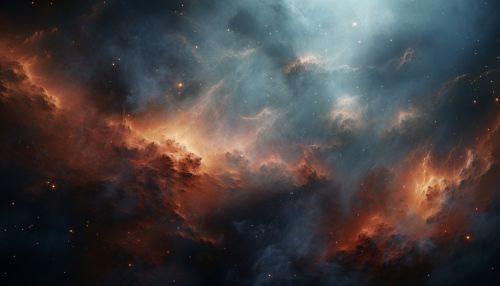Gravitational Collapse
Introduction
Gravitational collapse is a fundamental concept in astrophysics and cosmology, referring to the contraction of an astronomical object due to the influence of its own gravity. This process is a key mechanism in the formation of various cosmic structures, including stars, galaxies, and black holes.


Gravitational Instability and Collapse
The onset of gravitational collapse occurs when an object becomes gravitationally unstable. This instability arises when the internal pressure of the object, which resists gravitational contraction, is insufficient to counterbalance the gravitational force. The Jeans instability criterion, named after British physicist Sir James Jeans, provides a quantitative measure of this gravitational instability.
Star Formation
Gravitational collapse plays a crucial role in the process of star formation. The initial stage involves the collapse of a dense region within a molecular cloud, known as a dense core, under its own gravity. This leads to the formation of a protostar, which continues to accumulate mass from the surrounding cloud. The protostar eventually evolves into a main sequence star when nuclear fusion commences in its core.
Galaxy Formation
The formation of galaxies is also believed to be a result of gravitational collapse. According to the cold dark matter model of cosmology, small initial density fluctuations in the early universe led to the gravitational collapse of dark matter into halos. These halos then served as gravitational wells, attracting baryonic matter which eventually formed galaxies.
Black Hole Formation
Black holes, objects with gravitational fields so strong that nothing can escape from them, are the ultimate result of gravitational collapse. When a massive star exhausts its nuclear fuel, it can no longer generate the pressure needed to counterbalance its own gravity. This leads to a catastrophic gravitational collapse, with the star's core imploding to form a singularity, surrounded by an event horizon from which not even light can escape.
Observational Evidence
Observational evidence for gravitational collapse comes from various sources. In the case of star formation, astronomers observe dense cores in molecular clouds, as well as protostars and their surrounding accretion disks. For galaxy formation, the distribution of galaxies in the universe and the cosmic microwave background radiation provide evidence for the initial density fluctuations and subsequent gravitational collapse. Observations of black holes, while challenging due to their invisibility, are made possible through their gravitational effects on nearby objects and their strong gravitational lensing of background light.
Theoretical Considerations
The theoretical study of gravitational collapse involves many branches of physics, including general relativity, quantum mechanics, and thermodynamics. These theories provide a framework for understanding the collapse process, from the initial instability to the final state. In particular, the general theory of relativity describes the gravitational collapse of massive objects into black holes, while quantum mechanics may play a role in the early stages of star and galaxy formation.
